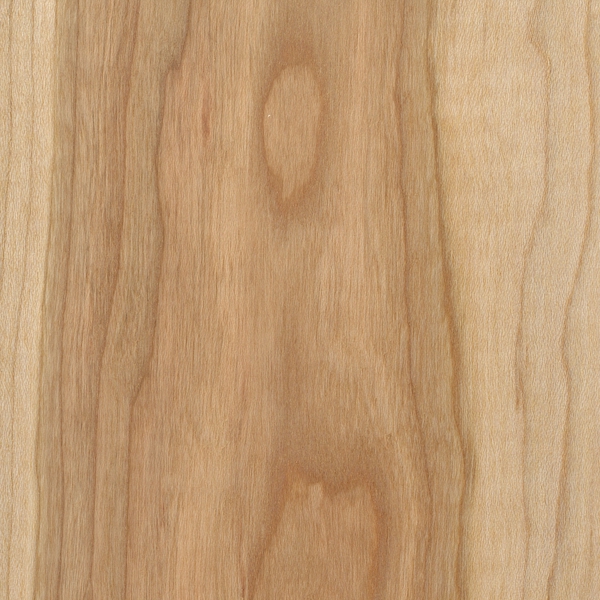
Note: if you don’t want the above animals in the landscape, steer clear of wild black cherry trees. In turn, the animals serve to aid in the propagation of wild black cherries by evacuating the seeds and dropping on the forest floor. Other animals rely on the black cherries fruit for nutrition including:Ī vast array of caterpillars enjoy munching on the wild black cherry too. Strangely, despite its toxicity, the fruit (non-toxic) is a valuable food source for a plethora of birds such as: The leaves and twigs of growing black cherries contain hydrocyanic acid, which has the potential to poison livestock or other animals when consumed in large quantities. Additional Information on Wild Black Cherry Trees Wild black cherry trees also bear 5-inch long white flowers in early spring which turn to tiny but juicy, reddish black edible berries during the summer months. These rapidly growing deciduous trees turn beautiful shades of yellow-gold to red in the fall. Growing black cherries are conical to ovoid in shape. Growing black cherries have low branches which tend to droop and brush the ground. Robbins is survived by one son, Thomas Robbins of Madison, Wisconsin one daughter, Catherine Robbins of Baltimore his parents, Owen and Dorothy Robbins of Weston, Massachusetts three brothers, Bradford Robbins of Mountain View, California, Andrew Robbins of Newton, Massachusetts, and Gregory Robbins of Wellesley, Massachusetts and one sister, Marion Robbins of Weston, Massachusetts.The wild black cherry tree ( Prunus serontina) is an indigenous North American tree which will grow to between 60-90 feet tall with lightly serrated, shiny, dark green leaves.

“We’d kick him out of the house sometimes because they were so bad,” Dr. But one of his other hobbies, buying and dining on pungent cheeses, proved to be too much at times. McGuiggan said her husband enjoyed shopping, dancing to disco and swing music, and traveling. So by bringing the flowers to shows and meetings, he found the people around him very interesting.”ĭr. “And he found the people who grew them interesting as well. “I think he found them challenging and relaxing,” she said. By the time we were sophomores in college, he was teaching grad students.” His teaching skills were recognized from an early age. “I would also guess that his students would feel respected, even when they had a hard time understanding the material he was teaching. “He always wanted to be sure that his teaching was understood, taking whatever time was needed,” he wrote.

Robbins had a knack for breaking down difficult concepts for students. “He liked to figure out how things worked at the molecular scale,” she said from their home in Baltimore.ĭr. Robbins in 1993 in Minneapolis, said her husband enjoyed teaching, mentoring, and researching equally. He also understood the experimental side of physics as few theoretical physicists do, which led him to make unique insights.” “Many of the phenomena Mark studied can be described as ‘far from equilibrium.’ Research into such problems was somewhat outside the mainstream when Mark got started, but the work of early pioneers like Mark showed the rich physics that could be uncovered from the study of such phenomena and helped to make them established areas of physics research. “Among the topics in which Mark made seminal contributions include the physics of friction and adhesion, the mechanics of fracture, and polymers,” Dr.

Robbins’ specialized field of study was non-equilibrium processes such as friction and adhesion, analyzing the atomic origins of macroscopic phenomena like earthquakes and avalanches. He then completed a three-year postdoctoral fellowship at Exxon’s Corporate Research Science Laboratory in Annandale, New Jersey, before joining Johns Hopkins in 1986.ĭr. Robbins spent a year as a Churchill Fellow at the University of Cambridge in England before earning a doctorate in physics from the University of California, Berkeley in 1983. After graduating from Harvard University in 1977 with a bachelor’s degree and a master’s degree in physics, Dr.


 0 kommentar(er)
0 kommentar(er)
